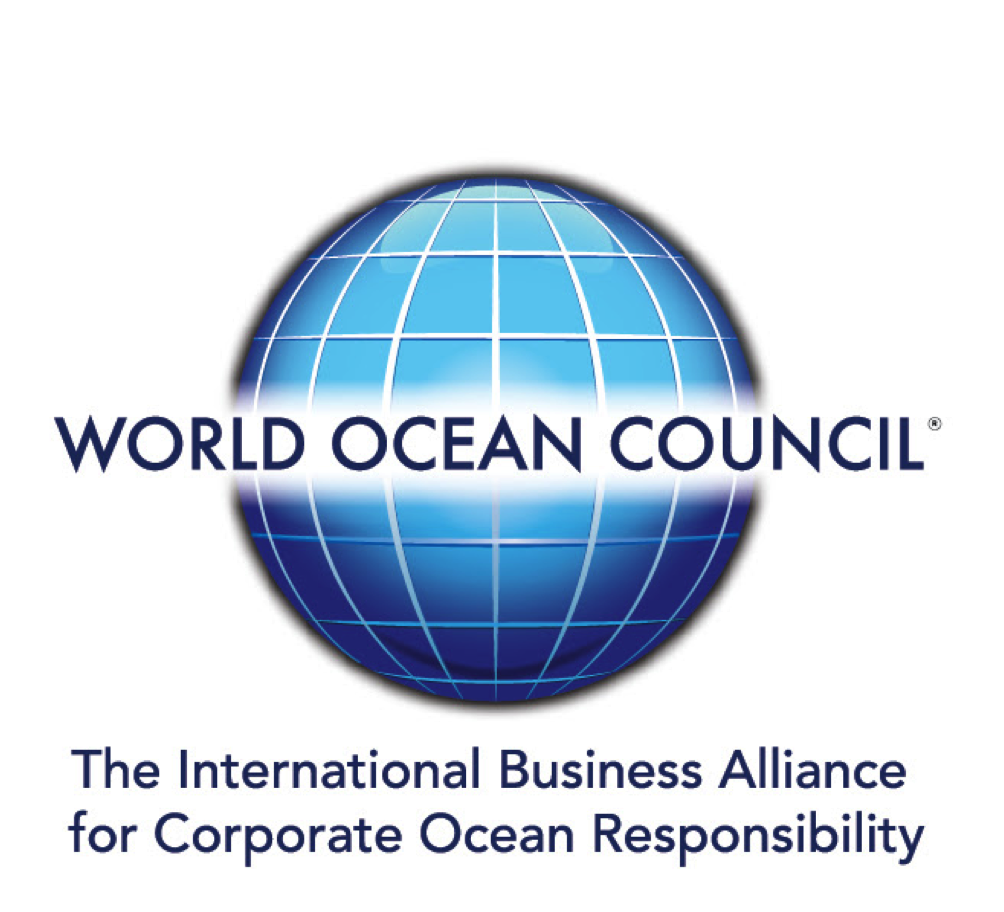After nearly 10 years of negotiations, the treaty on Biodiversity in Areas Beyond National Jurisdiction (BBNJ) — known as the U.N. High Seas Treaty — was finalized. This historic agreement protects marine biodiversity in two-thirds of the ocean that lies outside national boundaries. It provides a legal framework to establish management areas and marine protected areas (MPAs), require environmental impact assessments (EIAs), support marine technology, and share the benefits of genetic resources in these areas.
The World Ocean Council held a Roundtable on the High Seas Treaty on 22 March to explore its implications for ocean business and investment. The meeting summary follows.
➣ Watch the Roundtable Recording
➣ View the Presentation
Panelists
- Paul Holthus, CEO, World Ocean Council – Opening Address
- Peter Hinchliffe, Consultant, Former Secretary General of International Chamber of Shipping (ICS) – Moderator
- Farzaneh Shakeri, Consultant, International and Environmental Law Unit, Legal Vice Presidency, World Bank
- Greg Fisk, Global Lead for Climate, BMT
- Peter Glazebrook, Environment Science and Law, University of Queensland
Summary
Implications: Area-based Management Tool (ABMT)
- Interaction of ABMT with Article 87 of the UNCLOS – Article 87 Freedom of the high seas: (a) freedom of navigation; (b) freedom of overflight; (c) freedom to lay submarine cables and pipelines, subject to Part VI; (d) freedom to construct artificial islands; (e) freedom of fishing; (f) freedom of scientific research.
- Criteria for Proposals – includes social and economic considerations
- Proposals must list and describe “Human activities in the area, including uses by Indigenous Peoples and local communities, and their possible impact, if any”
- Secretariat will run consultation during preparation with the private sector
Implications: Environmental Impact Assessment (EIA)
- The tiered approach to EIA assessment should assist in limiting unjustified reporting requirements
- The recommendatory role of the Scientific and Technical Body (STB) to the CoP (and thereby to the Parties) in supplying best practice EIA standards and guidelines for consideration, will potentially act as benchmarking
- The review and recommendatory role of STB (to parties and CoP) as regards all EIA reports from screening to final impact reports and the lodgement of all reports and decisions on the CHM should help build confidence through transparency of the decision-making
- A process for managing unforeseen impacts or breaches of approval has been addressed
- As it was decided that the EIA process should be state-led in this Agreement, industry should keep abreast of the approvals process developed by their respective operating jurisdictions
Implications: Marine Genetic Resources (MGR)
- “Genetic” and “utilization” are the key tests of MGR under the agreement
- No involvement for fishing activities (regulated elsewhere) that do not tap genetic attributes of marine resources
- Included will be new biotechnology research aimed at potential production of new materials and compounds derived from newly discovered biota (e.g., for pharmaceutical, ag supplement, cosmetic and nanotech)
- Others will be excluded (seafood, health supplements, aquaculture food) since they do not require production through use of the genetic characteristics of marine biota. They harvest already existing resources
- Ocean industries should consider reviewing current and planned product lines for potential MGR sharing responsibilities under the Agreement
What’s Next
UN Process ahead
- Convening of parties to sign the treaty for adoption, possibly by the end of June
- Progressive deposits of ratification, adoption, approval, and accession instruments to UN by signature states
- Entry into Force of Agreement will occur 120 days following deposit of the 60th instrument of ratification, approval, acceptance, or accession (Art 61)
Strengths and Limitations of the Agreement
1. Strengths include
- The coverage of key elements of high seas activity, namely AMBT, EIA and MGR, together with CB and TMT
- The importance of transparency of process is emphasized throughout by funneling all interactions through the CHM under auspices of CoP
- The Science and Technical Body (a subsidiary body of CoP) is required to benchmark best practice and provide recommendations on activity impacts for consideration to Parties and to CoP
- The possibility to ask for an advisory opinion from ITLOS. In addition to the possibility to interpret the provisions of the treaty, this gives stakeholders other than States a platform to express their views without having the right to vote.
2. Limitations include
- Agreement’s links to other regulatory authorities and their frameworks (IMO/ MARPOL and ISA/seabed mining).
- Proposed processes for the application of precautionary principle, traditional knowledge input mechanisms , funding mechanisms and compliance considerations.
Additional clarity will emerge from the first meeting of the CoP.

